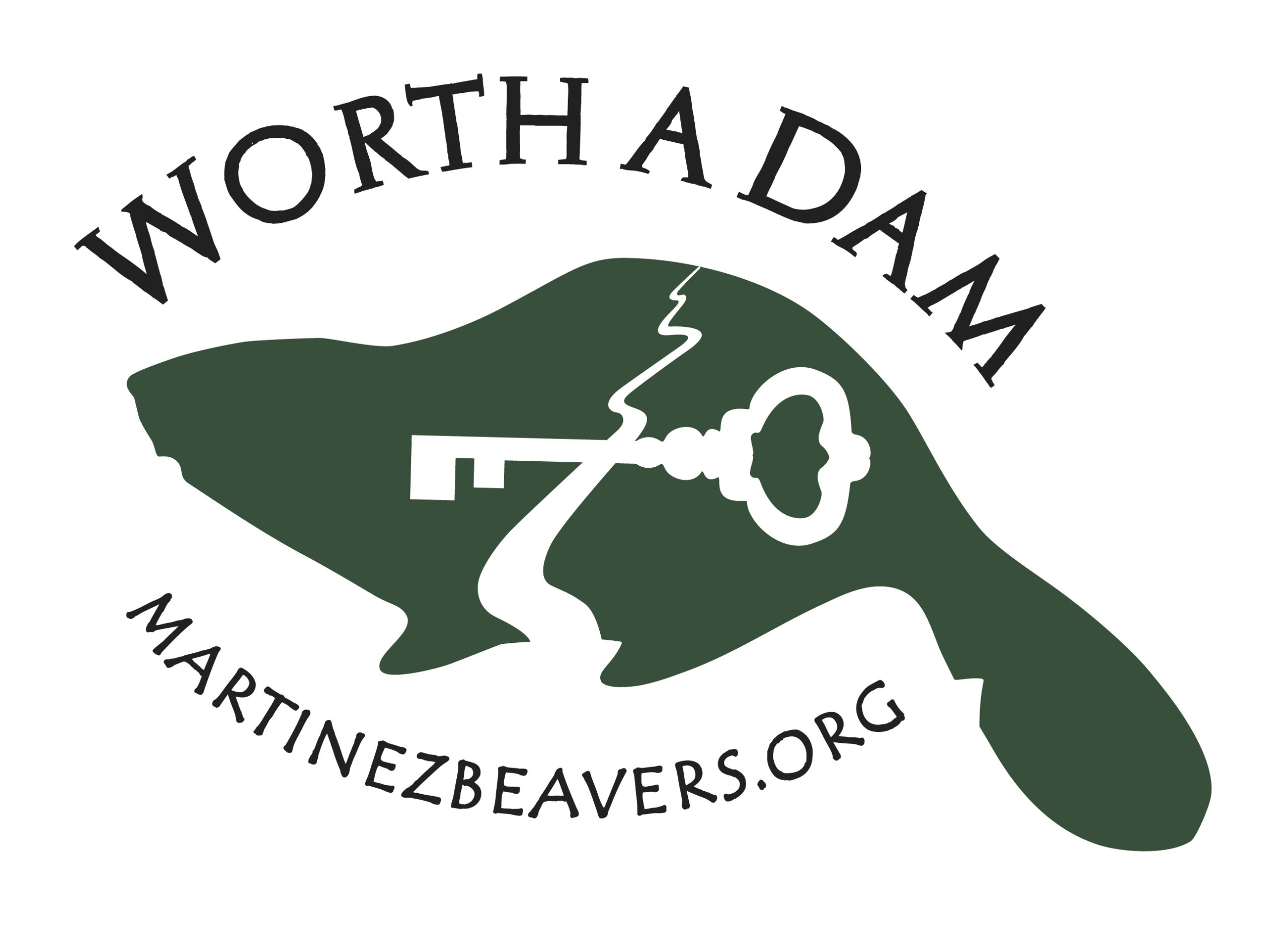How many beavers is too many for Calgary’s Prince’s Island Park?
There are estimated to be several hundred beavers living in Calgary, clustered along the Elbow and Bow Rivers. One beaver can easily kill more than a hundred trees a year, which is a concern for the city, especially in its most-used park.
Manderson says the city is considering whether it makes sense to let the family stay in Prince’s Island Park, or perhaps limit the number of beavers allowed to stay.
“After the flood there has been a lot of change,” he said. “There are new areas the beavers are exploiting that they may not have in the past…what we do is keep on top of that with increased monitoring and wiring. I don’t know if there is a major number that I can say, ‘this size of park, this many beavers,’ I don’t know if it’s that easy.”
The city also wants to protect the trees and areas around the lagoon, said Manderson, but without harming any of the animals. The last thing officials want to do is to trap or relocate any beavers, as that too often ends in the animals’ death. The first option is to encourage the beavers to move along on their own.
 Calgary Prince Island park is one of those city parks set in the middle of the river (this time the Bow River) with one side developed for festivals and the other side tapering into wetlands for birds and birders. For the most part it is accessible only by footbridges and is a treasure in the city as you might well imagine. Here’s a map that gives you a general idea.
Calgary Prince Island park is one of those city parks set in the middle of the river (this time the Bow River) with one side developed for festivals and the other side tapering into wetlands for birds and birders. For the most part it is accessible only by footbridges and is a treasure in the city as you might well imagine. Here’s a map that gives you a general idea.
When I read a headline like “How many beavers is too many” I immediately think of the answer “I’ll tell you the number if it gets close to happening”. But obviously in an area like that they could get lots of beaver visitors. They think they have hundreds, an d they can’t really. What they actually have is a drive thru banquet table on the middle of a beaver highway. And even if they kill 500 beavers the only way they’re going to protect those trees is to protect those trees! If they don’t want to individually wire wrap them all, then build several brick perimeter fences around a clump – at least 3 feet high. Don’t raise the bed. Beavers don’t climb and what they can’t reach they won’t eat. I promise.
d they can’t really. What they actually have is a drive thru banquet table on the middle of a beaver highway. And even if they kill 500 beavers the only way they’re going to protect those trees is to protect those trees! If they don’t want to individually wire wrap them all, then build several brick perimeter fences around a clump – at least 3 feet high. Don’t raise the bed. Beavers don’t climb and what they can’t reach they won’t eat. I promise.
I think Mr. Manderson gets a letter.
Now onto more local interest. Guess what’s on page two of this issue of Bay Nature Magazine? I’m pretty happy with the way it came out. Even for a small ad it’s pretty eye catching don’t you think?
I would be pretty unhappy if I were one of the other three ads on this page. Knowing what we paid they paid a chunk of money and who will even see them when there’s adorable beavers to catch their eyes?
Which reminds me that I just got permission from artist Mark Poulin to use his button designs in some kind of shirt for Worth A Dam staff. Just to show off their purpose. I really like the way this looks so far, but am still tweaking.
Two final pieces of very good news. Look at our lovely footbridge dam! It’s getting so big I know Dad thinks there are kits to protect!
 And ooh just look what one of our new stakes is doing! Doesn’t that look delicious?
And ooh just look what one of our new stakes is doing! Doesn’t that look delicious?





 Someone has been removing the wire mesh that protects trees in Vancouver’s Stanley Park from beavers, and the Stanley Park Ecology Society would like them to stop.
Someone has been removing the wire mesh that protects trees in Vancouver’s Stanley Park from beavers, and the Stanley Park Ecology Society would like them to stop.
